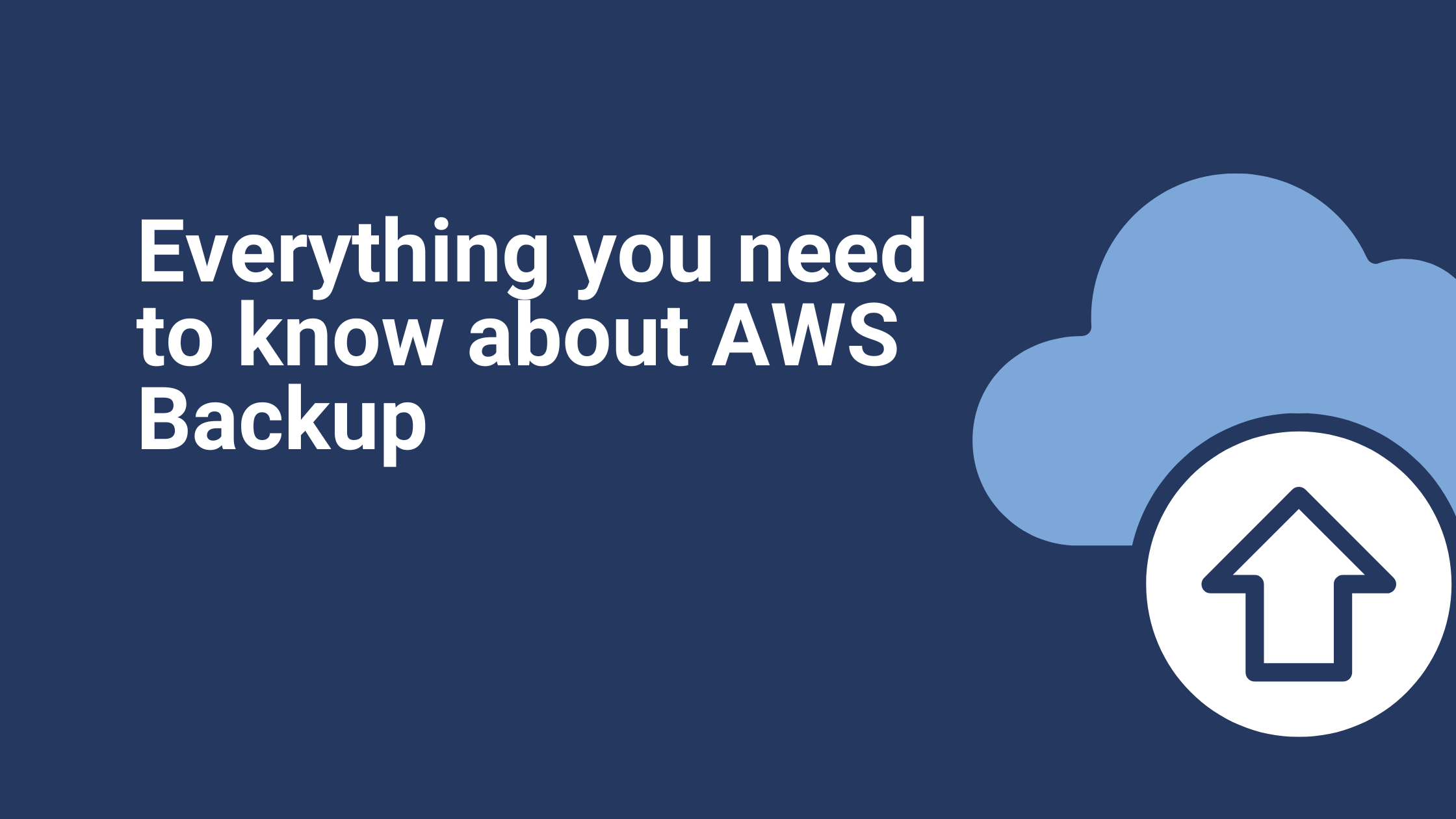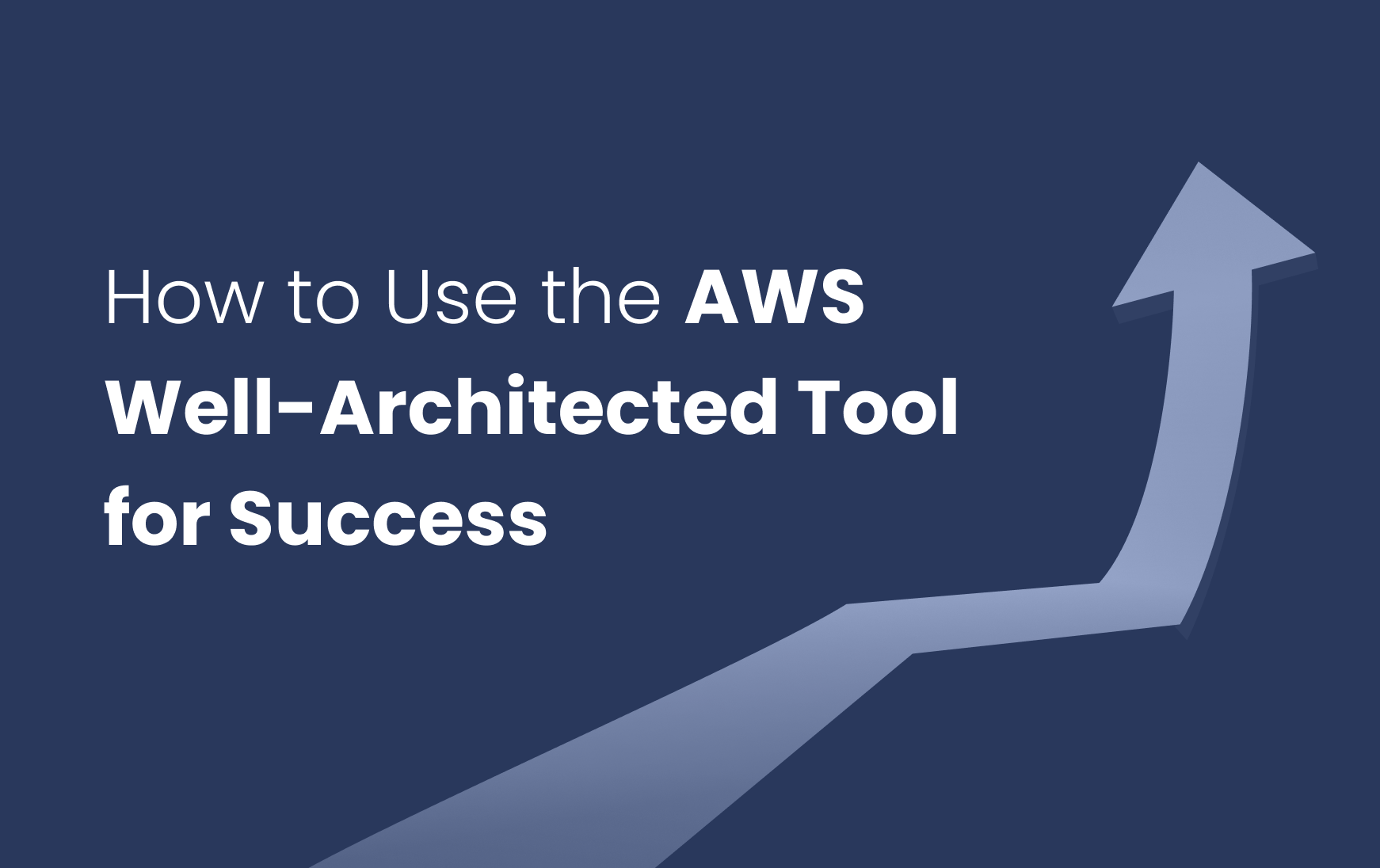Optimizing DevOps and the AWS Well-Architected Framework
DevOps is a relatively recent methodology in the world of software development. One which has emerged as a result of multiple important and related management practices being fused together. When combined, the transformation process establishes a new set of best practices designed especially for the technology value stream. DevOps is founded on—and inspired by—elements of Lean manufacturing, the Agile Manifesto, Infrastructure as Code/Agile Infrastructure, Continuous Delivery adoption, and the Toyota Kata system.The methodology combines principles from all the above approaches to move IT teams towards a much more cohesive and considered path when it comes to the technology value stream. DevOps aims to bring together all the disparate roles involved in development and operations in the value stream; from the moment of conception to release and including all follow-up ongoing service and maintenance.By having the development team working alongside the operations team throughout the development pipeline, software and services are not only developed faster than they otherwise would be, but potential issues are more likely to be identified and remedied much earlier on in the process. The two groups are also able to share their knowledge, skills, and best practices with each other. Thus, improving the culture and working environment as well as individual and team capabilities.
AWS Well-Architected Framework
Amazon Web Services (AWS) offers the most advanced selection of options for creating cloud computing infrastructure and features available to businesses and individuals. The AWS Well-Architected Framework has been developed to allow users to build secure, high-performance infrastructure like never before to be used with cloud-based applications. “It provides a way for you to consistently measure your architectures against best practices and identify areas for improvement.” (Amazon Web Services, 2018)The five pillars upon which the Well-Architected Framework is built include:
- Security
- Reliability
- Performance Efficiency
- Cost Optimization
- Operational Excellence
As you can see, all of these are also key considerations for your DevOps pipeline as well. The AWS Well-Architected Framework supports and enhances many of the same best practices that DevOps encourages. With the two working hand-in-hand, you can truly optimize your technology value stream. On top of that, you can also achieve a more fluid and reliable development cycle for your products and services on Amazon.Follow the ideals below of DevOps and the AWS Well-Architected Framework to harmonize the two methodologies. Utilizing the two synchronously will enhance your team’s productivity and output.
Establish Strong Policies
Switching to the cloud necessitates a variety of changes to your operations and procedures. If you don’t institute a strong set of policies as soon as you can, you are greatly increasing the likelihood of your workflow being disrupted by inconsistencies. Especially in the way the different members of your development team are operating.The sooner that you can establish clear procedures, the sooner your development team will be comfortable adopting new cloud infrastructure like AWS and a new development approach like DevOps. The AWS Well-Architected Framework enables software developers to improve operational cost-effectiveness; streamline resources; protect information, systems, and assets; and recover from infrastructure or service failures through clear documentation and the use of particular services for each of its Five Pillars.DevOps advocates the same ideals through continuous feedback and organizational documentation in much the same way. The DevOps Handbook provides a more extensive set of guidelines that can optimize your use of AWS cloud services and the Framework to build secure, scalable, and highly-available cloud environments and infrastructure to support your websites and applications.
Leveraging AWS for Scalability
For many businesses, scalability is a key consideration. Not only do they need to scale their operations on demand, they also need to know that dynamic scaling will not incur a serious hit to their performance and budget. Simply moving the existing architecture onto AWS cloud services—known as the lift-and-shift approach—won’t deliver the same high-performance you would gain by building from scratch within AWS and leveraging some of the 140+ cloud services it offers. It is also very unlikely you will notice much in the way of infrastructure security and improvement through the lift-and-shift method.A better way of approaching the migration is to use containers in order to build dedicated development environments on AWS. Which is in accordance with DevOps best practices. This infrastructure can take advantage of a number of AWS components that will aid in scalability. For many businesses, their transition to the cloud is rooted in the need to provide a bigger and better service to traffic as needed. Scalability is, therefore, a key concern and requires certain services to handle incoming traffic and load balancing.
Key AWS Services for DevOps and the Well-Architected Framework
Amazon Elastic Container Service for Kubernetes (Amazon EKS) aims to simplify the deployment, management, and scalability of containerized applications. Kubernetes has outpaced its competition since its inception and is becoming the go-to tool for container orchestration. According to the Cloud Native Computing Foundation (CNCF), 61% of organizations are evaluating and 83% are already using Kubernetes in production. AWS EKS is a fully managed service which boosts the delivery pipeline of DevOps teams on Amazon infrastructure.Among the services the AWS Well-Architected Framework advocates, you can protect your data and infrastructure (the Security Pillar) through key AWS function, Identity and Access Management. Mitigate performance disruptions and improve recovery (the Reliability Pillar), and efficiently meet system requirements (the Performance Efficiency Pillar) through Amazon CloudWatch. For the Operational Excellence Pillar, AWS CloudFormation can be used to appropriately provision infrastructure resources. And finally, the Cost Optimization Pillar of the Well-Architected Framework advocates cost allocation tags for managing and tracking your AWS resource usage and expenditures.DevOps is a rapidly changing field. As we witness software development move away from physical hardware and towards virtualization and platforms-as-a-service, DevOps can provide the key to leveraging the cloud and its features for major organizational and business benefits. And the foundations of good DevOps; security, efficiency, and cost optimization provide teams with the guidelines for continuous improvement. Which means if you’re working in the Amazon Cloud you can use DevOps and the AWS Well-Architected Framework synchronously to achieve great things for your business goals and end users.Ibexlabs is an experienced DevOps & Managed Services provider and an AWS consulting partner. Our AWS Certified DevOps consultancy team evaluates your infrastructure and make recommendations based on your individual business or personal requirements. Contact us today and set up a free consultation to discuss a custom-built solution tailored just for you.
References:
AWS Well-Architected Framework [PDF]. (2018, June). Amazon Web Services.









